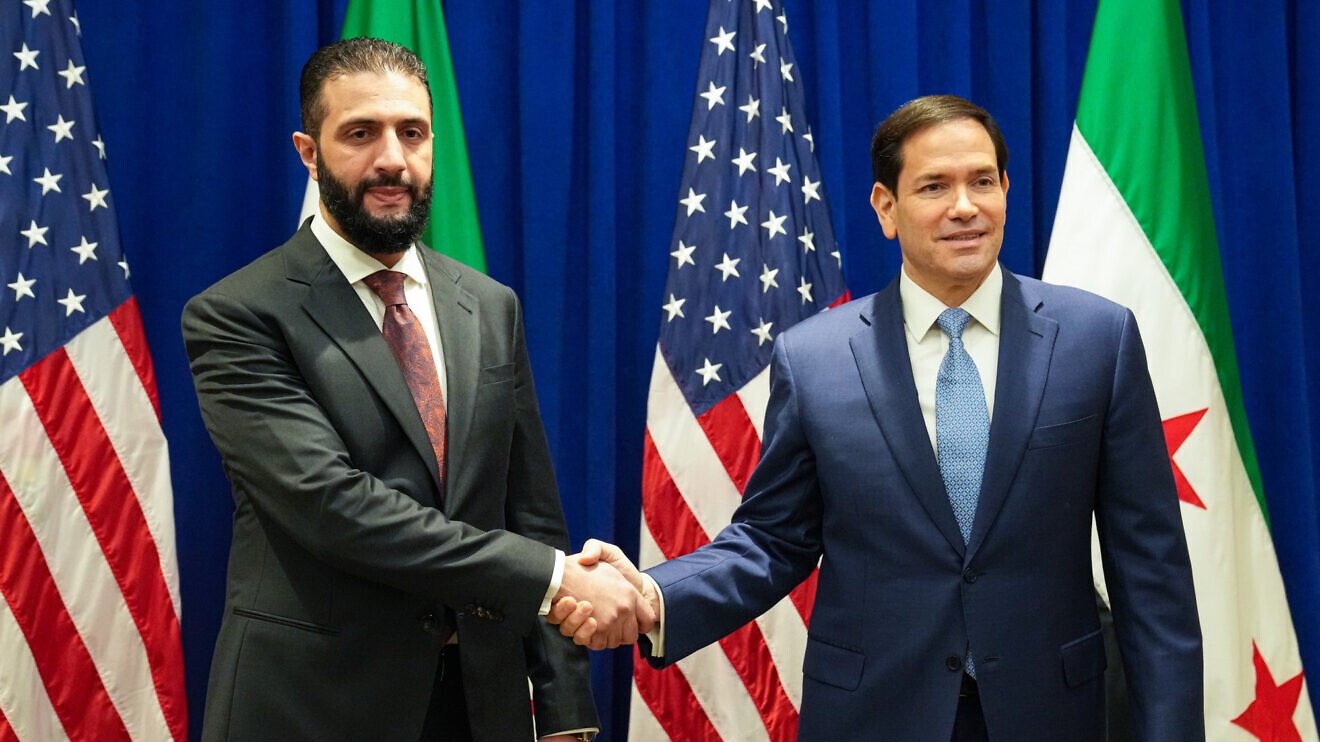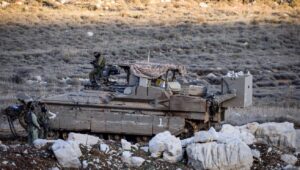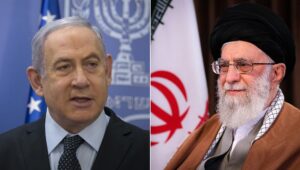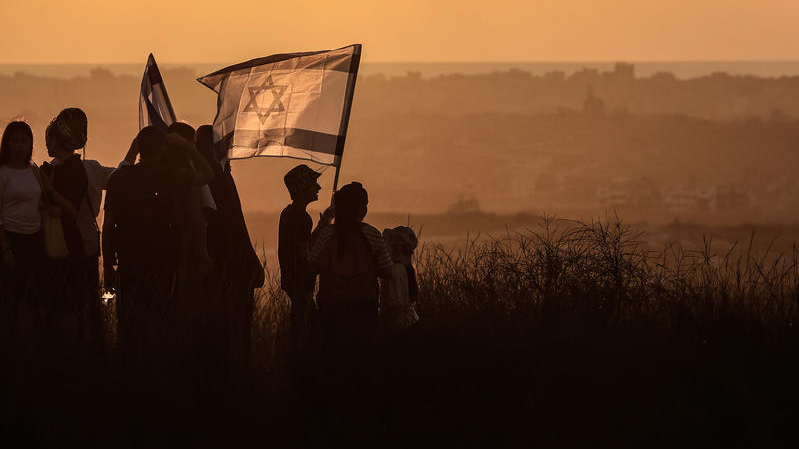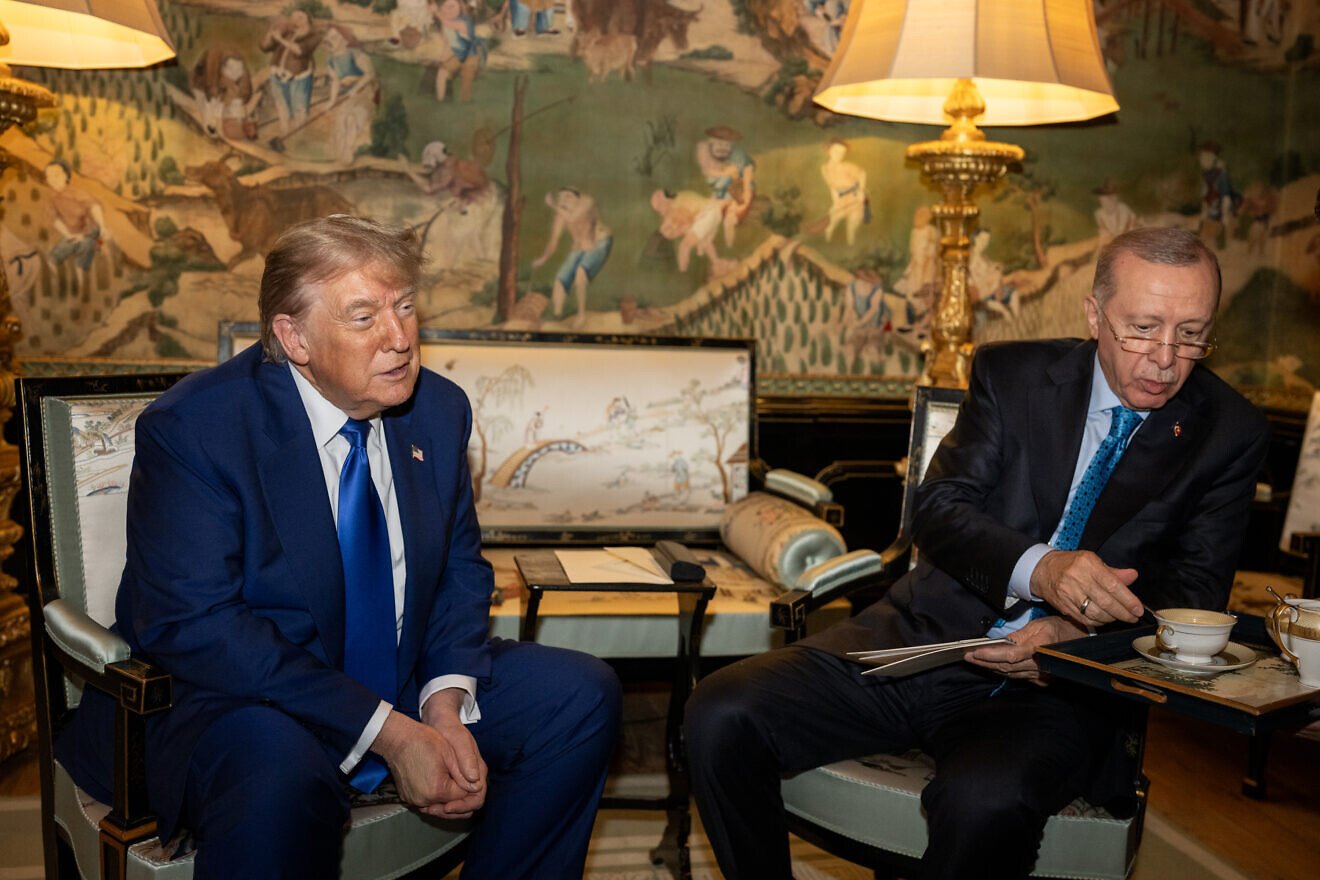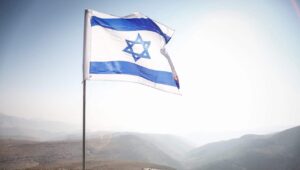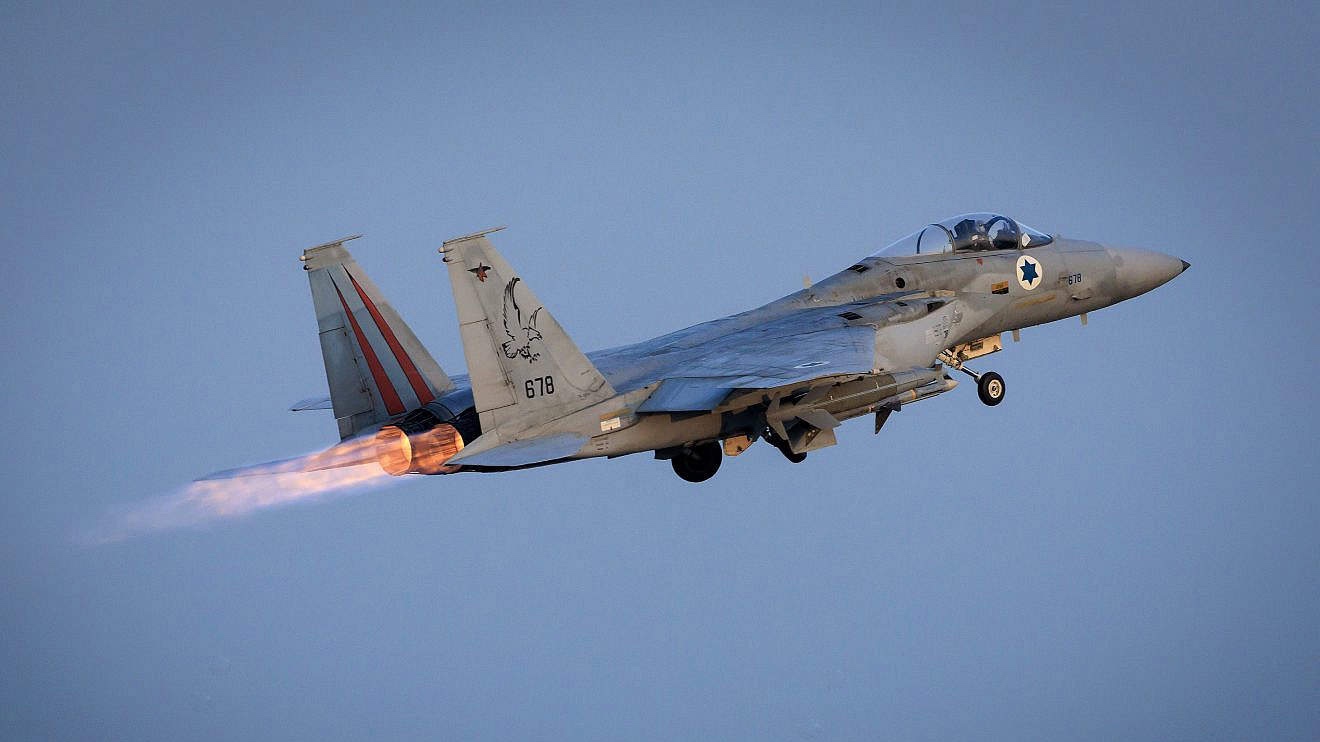(JNS) Ongoing tensions over the future of the Druze population in southern Syria are delaying an interim Israeli-Syrian de-escalation agreement, a top Syria expert told JNS on Wednesday.
In July this year, Syrian regime forces, including jihadist military units, carried out massacres against Druze communities in the southern Sweida province, killing several hundred people according to multiple estimates, and triggering Israeli air strikes against these convoys as well as against regime military targets in Damascus.
Professor Eyal Zisser, vice rector of Tel Aviv University and a leading expert on the contemporary history of the Middle East, assessed that a broader deal between Israel and Syria had been imminent but remained deadlocked.
“An agreement was indeed close, but every time something new pops up,” Zisser told JNS. “Indeed, the issue with the Druze is causing a delay.”
Zisser noted Israel’s demand for a formal land route to provide aid to the Druze community in the Jabal al-Druze region of southern Syria, a demand that the new government in Damascus under President Ahmed al-Sharaa has so far rejected.
“Israel is demanding a transit route for humanitarian aid,” Zisser stated. “The Syrians cannot agree to this because, in their view, it is a violation of their sovereignty.”
He assessed that the negotiations are unlikely to reach a conclusion without significant American intervention.
“It’s hard for me to see how a conclusion to the talks can be reached without American arm-twisting. It will take time and, as mentioned, an American mediation effort,” he said.
Zisser noted that international attention is currently diverted by other crises in the country, such as the renewed conflict between regime forces and the Kurdish Syrian Democratic Forces in northeastern Syria, which further complicates mediation efforts. He warned that the situation in the south of Syria remains “unstable and tense, and new conflicts between the Druze and the regime could erupt.”
The al-Sharaa regime had tried to coerce both Druze and Kurdish minorities into the new state framework and to seize control of their weaponry.
Meanwhile, according to a Reuters report last month, Israel has allegedly been paying the wages of some 3,000 Druze militia members in southern Syria. The payments, reportedly aimed at unifying Druze factions, were also accompanied by the delivery of guns and ammunition, according to the report.
The report cited an Israeli security source as stating that the US is pressuring Damascus to reach a security deal, which falls short of normalization of ties, and cited a US State Department official as confirming that Washington is continuing to support efforts for talks between Syria and Israel, though the source declined to discuss whether any breakthrough was imminent.
Closer to the Israeli-Syrian border, Israel continues to maintain nine IDF outposts on the Syrian side of the 1974 buffer zone, which the Israeli military moved into following the collapse of the Assad regime in December 2024.
The al-Sharaa regime has been demanding that Israel withdraw from these positions, and while Israel reportedly agreed to do this in exchange for a demilitarization of southern Syria, Israeli officials have vowed to remain on the Syrian side of the strategic Mount Hermon site.
Israel is also continuing its proactive military operations to dismantle terror infrastructure in the security zone it controls in Syria.
According to an IDF statement on Oct. 5, troops from the 210th [Golan] Division’s 226th Brigade have spent the last two months carrying out dozens of targeted operations in the area to dismantle terrorist infrastructure, locate weapons, and apprehend suspects to ensure the safety of residents in the Golan Heights.
On Oct. 6, IDF observers identified and thwarted an attempt to smuggle five firearms from Syria into Israel, apprehending two suspects.
The area has seen both Sunni jihadist elements and Iranian-backed Hezbollah-orchestrated terror cells active in planning attacks on Israel.
Meanwhile, other parts of Syria remain hotbeds of jihadist activity, as demonstrated by a US Central Command (CENTCOM) precision strike in the Idlib Governorate of northwestern Syria on Oct. 2, which eliminated a senior member of the Al-Qaeda affiliated terrorist group, Ansar al-Islam.
Want more news from Israel?
Click Here to sign up for our FREE daily email updates


